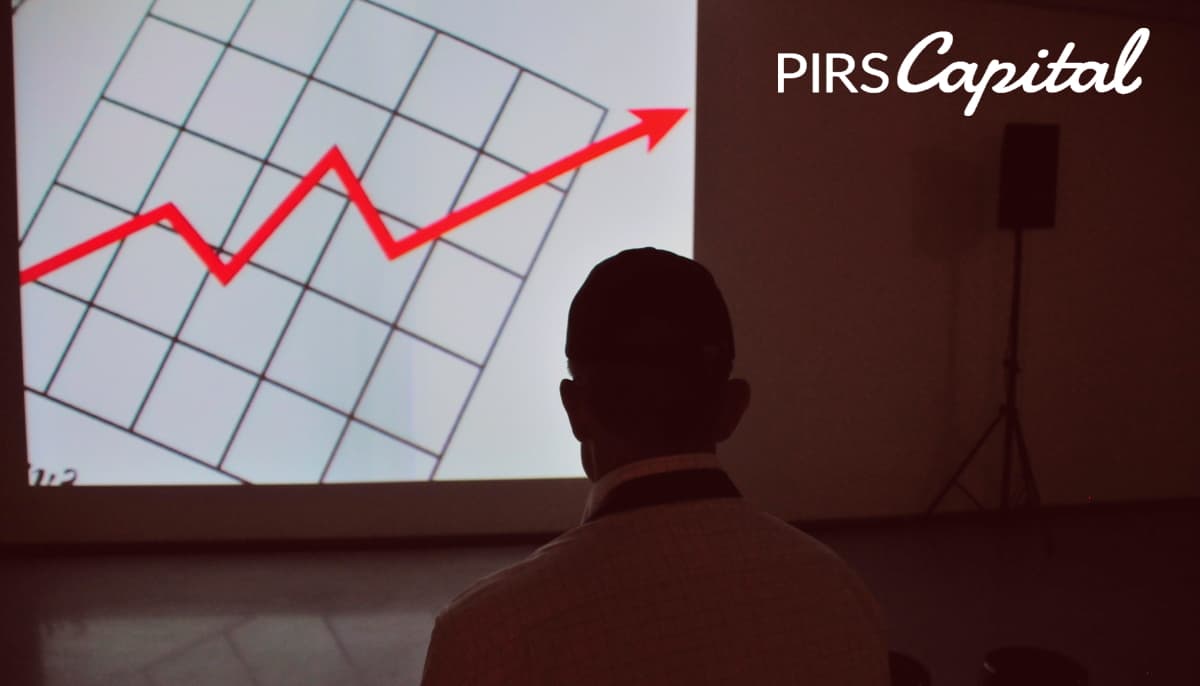
First things first — before we get into answering what a good Amazon seller profit is or how to calculate it, we’d like to define what a profit margin actually is.
At its core, a profit margin is the percent by which your sales revenue exceeds your business costs. The higher the percentage is, the better!
Different product types have their own average profit margins, so there is no one “good” margin. What’s more, startups often have a lower profit margin, as they have more expenses related to launching their business—and if they can’t afford to buy inventory in bulk, then they can’t take advantage of wholesale pricing.
According to the latest data, the largest portion of Amazon sellers falls into the 16%-20% profit margin range. 32% of sellers are seeing profits of 20% or higher. And, while a 5% profit margin or less is generally considered to be bad, only about 9% of sellers fall into this category. So, in general, is Amazon profitable? Yes, for the majority of sellers, it is!
To give you an idea of what Amazon seller profit you could potentially have once your business is running smoothly, let’s take a look at some numbers. We’ll examine what’s considered a good profit margin for retail among multiple product categories.
Top 5 Profitable Amazon Products
According to the same report linked above, these are the top 5 categories of Amazon products, accompanied by their respective profit margins.
- Home & Kitchen: 32%
- Beauty & Personal Care: 23%
- Toys & Games: 20%
- Clothing, Shoes & Jewelry: 18%
- Health, Household & Baby Care: 17%
How To Calculate Your Amazon Profit Margin
Calculating an Amazon seller’s profit margin is the same as calculating the margin for any business. Your profit can be calculated at three different levels: gross profit, operating profit, and net profit.
Gross profit is the most basic margin. It defines profit as any income that is left after the cost of goods sold (COGS). The formula is:
Gross Profit Margin = ((Net Sales – COGS)/Net Sales) x 100
The operating profit takes into account any administrative, operating, sales, and overhead expenses. To find this figure, you do this calculation:
Operating Profit Margin= (Operating Income/Revenue) x 100
Lastly, net profit reflects how much revenue is left after COGS, operational expenses, and taxes/debts/one-time expenses. The formula is:
Net Profit Margin = ((Revenue – COGS – Operating Expenses – Other Expenses -Taxes – Interest)/Revenue)x100
See Also:
Classifying Costs
As an Amazon seller, your COGS and operating expenses may look a little different than a company with a physical storefront, especially if you are not producing the products yourself or paying wages. So, then, how do you divvy up the costs? Here’s an overview to give you an idea of how to classify your expenses.
| COGS | Operating Expenses |
| The cost of purchasing products from a supplier | Product photography |
| Packaging costs | Sellers permit |
| Freight costs for obtaining inventory (not FBA costs) | FBA costs (With Amazon FBA, profit may decrease since you have to pay fulfillment fees based on item dimensions) |
| Miscellaneous fulfillment expenses | Product liability insurance |
Improving Your ROI
Now that you know what an Amazon profit margin is and how to calculate it, let’s take a look at some ways to improve your Amazon ROI (return on investment).
Your ROI is a performance measurement: in the case of an Amazon seller, it’s your net profit divided by the COGS, then multiplied by 100. If you have an ROI of 100%, it means that you’ve doubled your investment. An ROI of 200% implies a tripled investment. The higher the percentage is, the better of a job you’re doing at reducing your COGS, increasing your net profits, or both. If you don’t want to calculate it yourself, Amazon Seller Central has an ROI calculator you can use.
So, the first step is to calculate your current ROI. Next, you’ll want to do a “health check” of your Amazon selling business. Doing so will help you identify any bottlenecks that are eating up your profits. Here are a couple of examples:
- Amazon FBA fees are getting out of hand. The fees can vary depending on your item type, dimensions, and category, as well as on your selling plan. Because of this, it can be hard for you to calculate what your fees should be. So, many sellers just take Amazon’s word for it and trust their calculations. However, if you find that your FBA fees are eating up too much of your profit, it can help to check your records just to make sure you’re being charged the correct amount. For example, perhaps you sell small bracelets but are being charged for large items. Or, maybe the amount you’re being charged for a product category doesn’t align with Amazon’s official rate cards. If you find an error, contact Amazon Seller Support and ask them to re-measure your products.
- Choose an Amazon plan that aligns with your goals. A professional plan can be great for driving sales for your business, but your shop might not be ready for such a plan yet. If you choose a professional plan but aren’t using its benefits, then you’re just paying unnecessary fees. For instance, let’s say you have just started your shop and are selling 10 items per month. With an Individual plan, you would just pay $0.99 per item. A Professional Plan costs $39.99 per month — so the fees would be much higher. However, if you sell, say, 1000 items per month, then the Professional Plan is definitely the better deal.
Ready to Jumpstart Your Amazon Seller Business?
If you are a small business owner looking to start selling on Amazon, PIRS Capital is here to help you start your journey. We mentioned earlier that startups often can’t take advantage of economical wholesale deals because they don’t have the funds to buy inventory in bulk. Well, we would love to create a custom financial solution for you, giving your business a jumpstart. Reach out today to learn more.

I work with companies that sell products on platforms such as Amazon, Shopify, Walmart, Ebay, Etsy, etc. I understand that every business is unique and thats why I form genuine relationships with owners so I can help them reach their goals and find success through our working capital solutions.
